What makes a Minimalist Prefab Home?
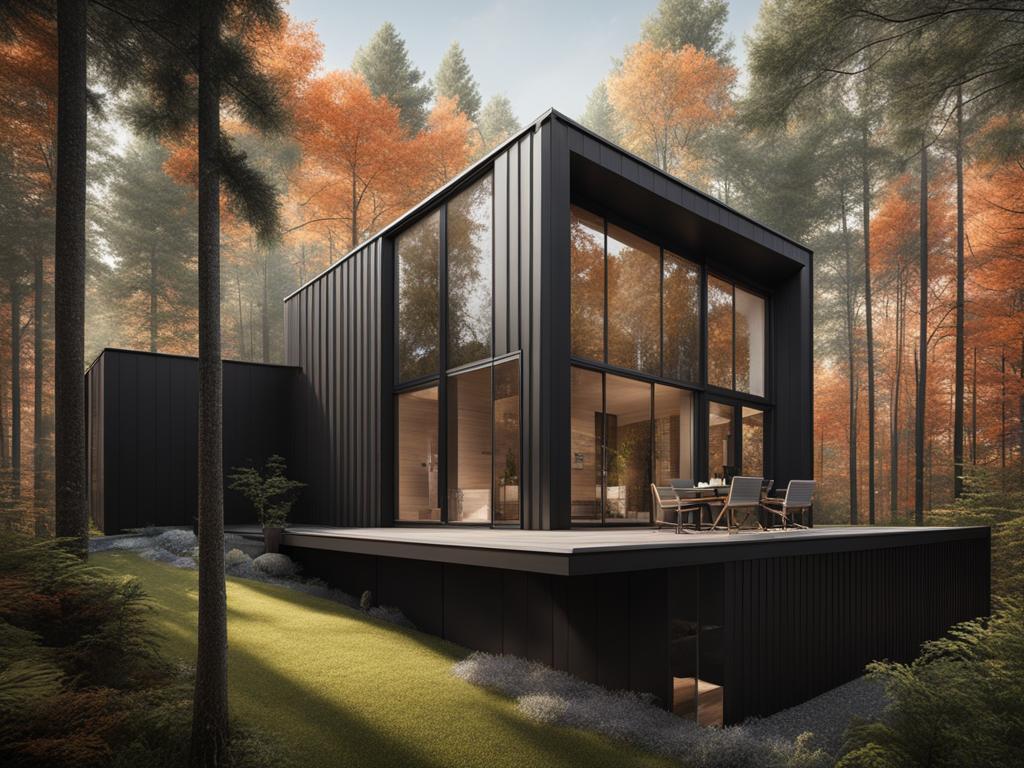
Minimalist prefab homes are revolutionizing the way we think about modern living. These homes embody sleek designs, maximize efficiency, and promote eco-friendly living. With their contemporary aesthetics and seamless indoor/outdoor flow, minimalist prefab homes are the epitome of stylish and sustainable living.
Key Takeaways:
- Minimalist prefab homes offer sleek designs, maximized efficiency, and eco-friendly living
- These homes prioritize sustainability and energy efficiency, minimizing environmental impact
- Customization options allow homeowners to tailor the floor plan and interior design
- Examples of minimalist prefab homes include Connect Homes, Manta North, and KODA prefab homes
- Sustainability is a key aspect of minimalist prefab homes, with an emphasis on environmentally friendly materials and intelligent technologies
The Advantages of Minimalist Prefab Homes
Minimalist prefab homes offer several advantages that make them a popular choice for homeowners. These homes are typically smaller in size, which not only makes them more affordable but also more efficient to build and maintain. The compact nature of small prefab homes allows for the optimization of materials and resources, resulting in cost savings during construction and reduced energy consumption in the long term.
One of the key advantages of affordable prefab homes is their focus on sustainability and energy efficiency. These homes are designed with eco-friendly principles in mind, incorporating features such as energy-efficient insulation, solar panels, and smart home automation systems. By prioritizing efficiency, minimalist prefab homes minimize their environmental impact and help homeowners reduce their carbon footprint.
Efficiency is a core aspect of efficient prefab homes. The streamlined construction process of prefab homes reduces both construction time and costs. Since the components of the home are manufactured in a controlled factory environment, there is less room for errors and delays often associated with traditional on-site construction. The standardized design and precision engineering of prefab homes ensure efficient assembly on-site and provide homeowners with a faster and more seamless construction experience.
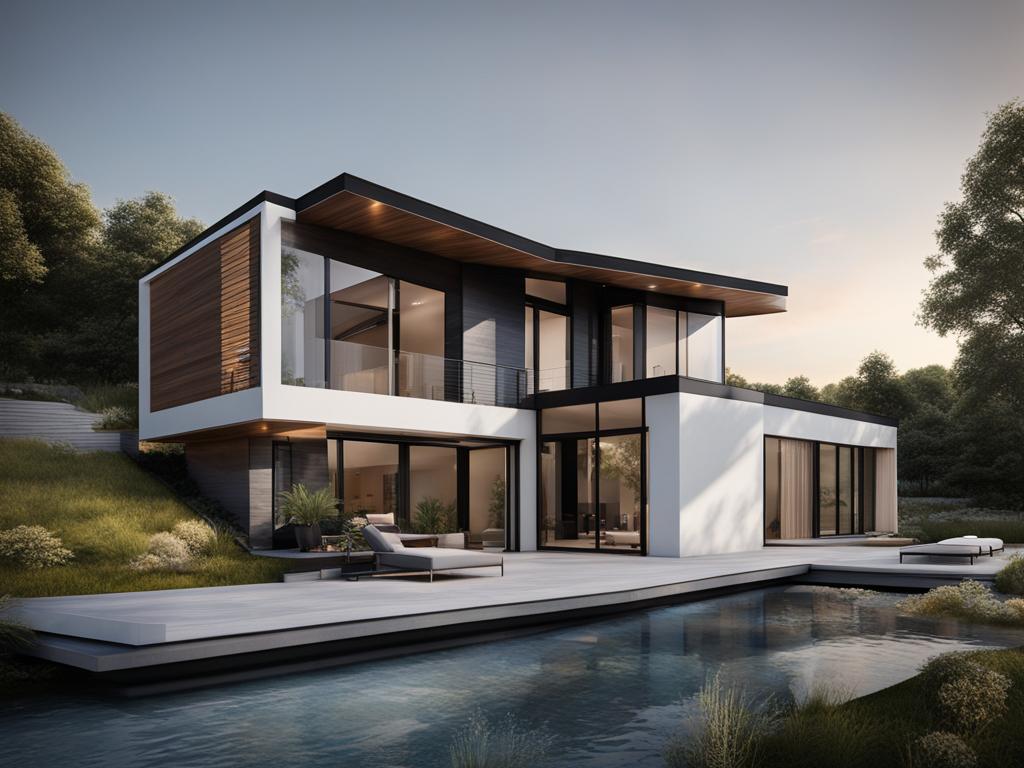
With their smaller footprint, affordability, sustainability, and efficient construction, minimalist prefab homes offer a compelling choice for those seeking a modern and environmentally-conscious living solution.
Customization Options in Minimalist Prefab Homes
While minimalist prefab homes follow a standardized design, there are customization options available. Homeowners can tailor the floor plan and interior design to their preferences, maximizing the use of space and creating a personalized aesthetic. This allows for a unique blend of minimalist architecture and individual style.
Customizing a minimalist prefab home offers numerous advantages. Homeowners can choose the layout of their home, ensuring that it meets their specific needs and preferences. Whether it’s an open-concept living area, a larger kitchen, or additional bedrooms, the customization options allow homeowners to optimize the space to suit their lifestyle.
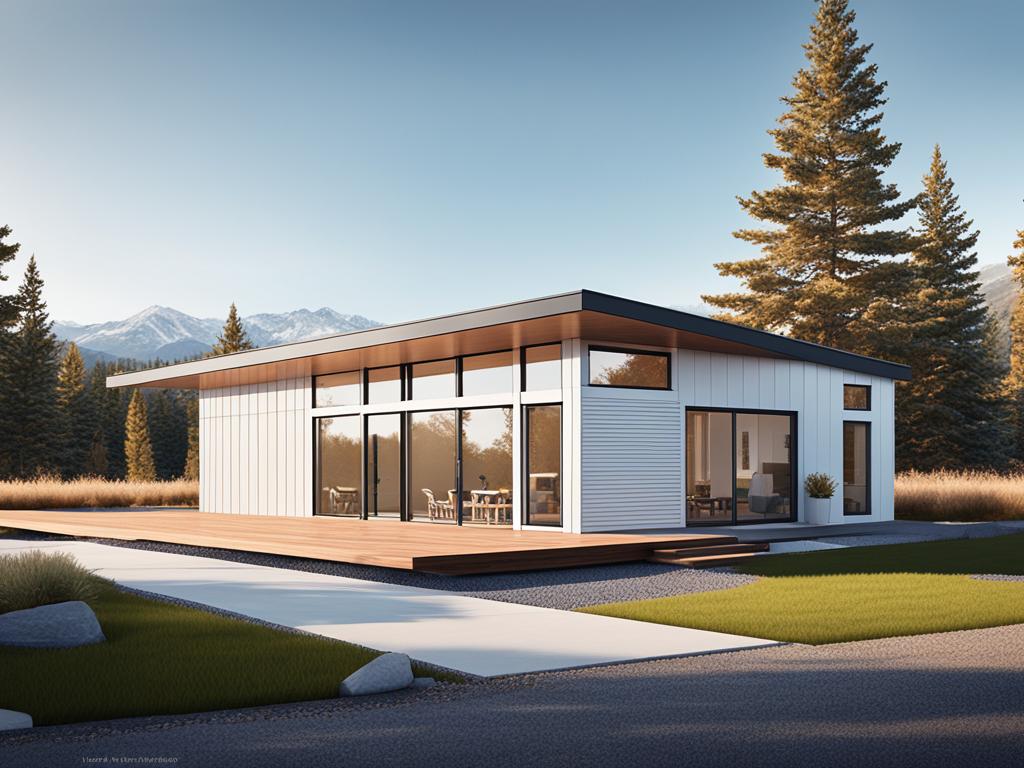
The interior design of a minimalist prefab home can also be customized. From choosing the color palette to selecting the fixtures and finishes, homeowners have the freedom to create a space that reflects their personal style. Customizing the interior design allows for the incorporation of unique features and elements, making the home truly one-of-a-kind.
Maximizing Space
One of the key benefits of customization in minimalist prefab homes is the ability to maximize the use of space. By customizing the floor plan, homeowners can design a layout that optimizes every square meter. This is especially beneficial for those living in smaller homes or urban environments, where space is limited.
With careful planning and customization, even the smallest of spaces can be transformed into functional and efficient living areas. This could include clever storage solutions, multipurpose furniture, and thoughtful design elements that make the most of every corner.
Personalized Aesthetic
Customization allows homeowners to create a personalized aesthetic in their minimalist prefab homes. Whether they prefer a minimalist, Scandinavian-inspired look or a more eclectic and vibrant style, customization options make it possible to bring their vision to life.
From selecting the type of flooring and wall finishes to choosing the lighting fixtures and window treatments, every detail contributes to the overall ambiance of the space. With customization, homeowners can create a home that reflects their unique taste and personality.
Customization options in minimalist prefab homes offer homeowners the opportunity to create a living space that is perfectly tailored to their needs and preferences. By maximizing the use of space and customizing the interior design, homeowners can achieve a balance between minimalist architecture and individual style, resulting in a truly personalized and inviting home.
Examples of Minimalist Prefab Homes in Practice
When it comes to minimalist prefab homes, there are several notable examples that showcase the innovative design and functionality of this architectural style. Let’s explore some of these standout projects:
Connect Homes
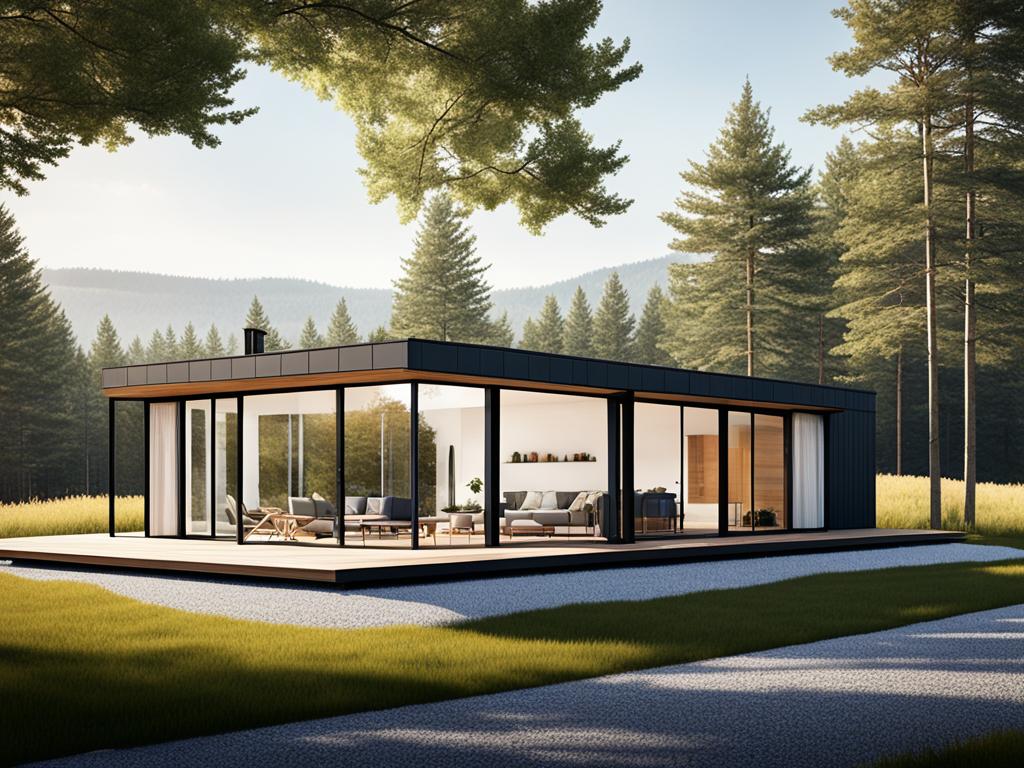
Connect Homes, based in Los Angeles, is renowned for its inventive prefab residences that seamlessly blend clean, contemporary design with enhanced natural light. One noteworthy project from Connect Homes is the Newberg family’s accessory dwelling unit. This dwelling unit features a sophisticated, Japanese-style aesthetic, boasting a dark exterior that contrasts beautifully with its light and airy interior. The thoughtful design and attention to detail truly exemplify the elegance of Connect Homes’ minimalist prefab homes.
Manta North
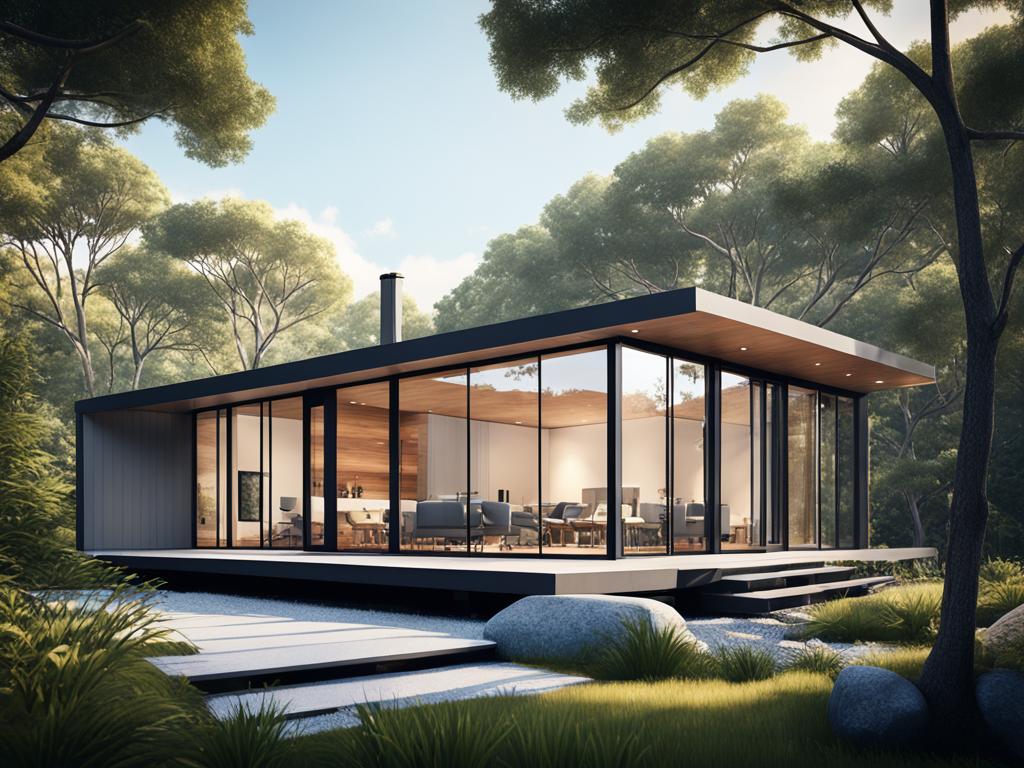
Hailing from Latvia, Manta North specializes in sustainable prefab homes inspired by the renowned Scandinavian design philosophy. What sets Manta North apart is its commitment to using environmentally friendly materials in construction. These prefab homes can be delivered ready to move in and offer a harmonious blend of style and sustainability. Manta North’s dedication to creating eco-friendly living spaces makes them a leading brand in the minimalist prefab homes industry.
KODA Prefab Homes
KODA prefab homes are known for their minimalistic design and remarkable convenience. These modular cabins can be assembled in a matter of hours, making them ideal for remote landscapes and nomadic living. KODA prefab homes epitomize efficiency without compromising on style. With their compact yet functional interiors, KODA prefab homes provide a sophisticated solution for those seeking minimalist living spaces that can be easily transported and enjoyed in various locations.
These examples of minimalist prefab homes demonstrate the diverse range of designs and features available within the industry. Whether you’re drawn to the contemporary elegance of Connect Homes, the sustainable ethos of Manta North, or the convenient mobility of KODA prefab homes, there’s an option to suit every lifestyle and aesthetic preference.
Sustainability in Minimalist Prefab Homes
Sustainability is a key aspect of eco-friendly prefab homes. These homes are designed with the environment in mind, incorporating various features and materials that contribute to a more sustainable and energy-efficient living space.
One of the primary ways in which eco-friendly prefab homes achieve sustainability is through the use of environmentally friendly materials. For example, cross-laminated timber and thermally modified wood are commonly used in the construction of these homes. These materials not only provide durability but also contribute to their energy efficiency, helping to reduce the ecological footprint of the homes.
In addition to sustainable materials, many prefab homes also integrate intelligent technologies to further enhance their eco-friendliness. Some examples include underfloor heating systems, which provide efficient and even distribution of heat, and solar panels, which harness renewable energy from the sun. These technologies help to reduce reliance on traditional energy sources, making the homes more environmentally friendly and cost-effective in the long run.
By combining eco-friendly materials with intelligent technologies, prefab homes are able to create a harmonious balance between sustainability, functionality, and design. These homes offer homeowners the opportunity to live in spaces that are not only aesthetically pleasing but also environmentally conscious.
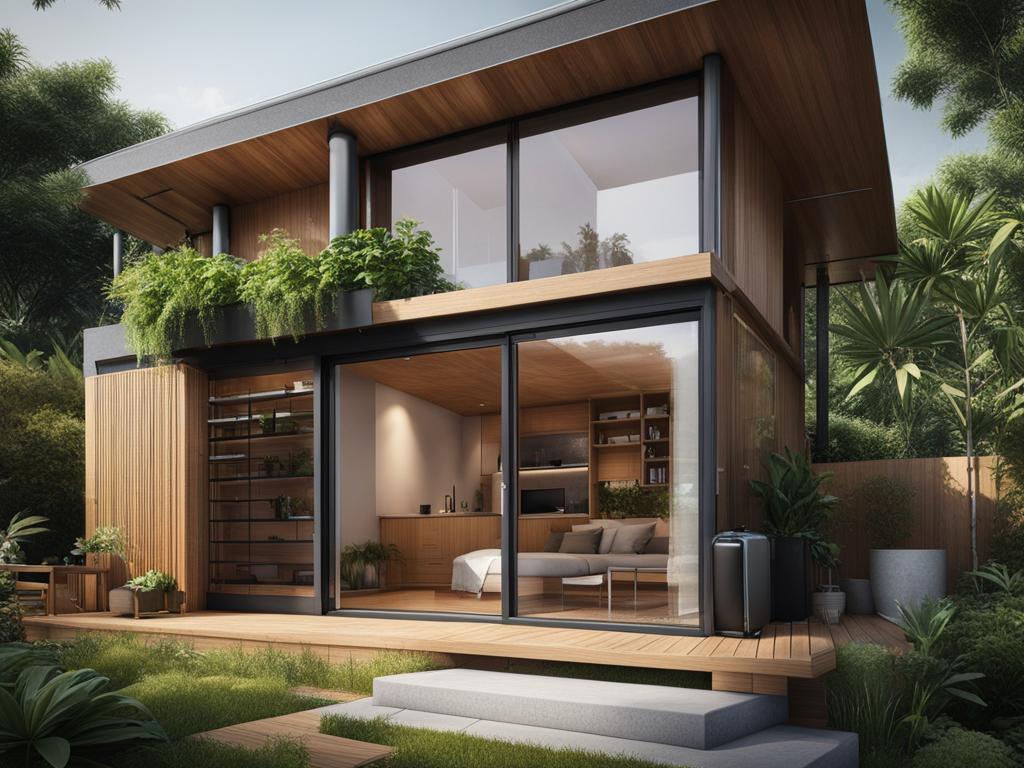
Efficient Construction and Reduced Costs
Prefab homes offer efficient construction processes and reduced costs compared to traditional brick and mortar homes. The modules of prefab homes are prefabricated in factories, minimising construction time and labour expenses. This allows for quicker assembly on-site and can lead to significant cost savings for homeowners.
Owning a modular home means that construction can be completed more quickly than with traditional methods. With the majority of the building process done in a controlled factory environment, weather delays are eliminated, ensuring a more efficient construction schedule. As a result, homeowners can move into their new modular home sooner, without unnecessary delays or additional costs.
Modular homes also offer reduced costs due to the manufacturing and assembly process. The prefabrication in a factory setting allows for better cost control and reduced material waste. The streamlined production process leads to economies of scale, enabling manufacturers to negotiate bulk material discounts and reduce overall construction costs.
In addition to material savings, the efficient construction process of modular homes means reduced labour costs. Skilled labour is utilised more effectively in a factory environment, with workers specialising in specific tasks. This increases productivity and reduces the need for on-site labourers, resulting in lower labour expenses.
By choosing a modular home, homeowners can benefit from both the time saved during construction and the cost savings associated with the streamlined manufacturing process. These advantages make modular homes an appealing option for those looking for efficient and cost-effective housing solutions.
The Future of Minimalist Prefab Homes
The popularity of sustainable prefab homes is set to continue its growth as more people seek modern and eco-friendly housing options. Minimalist prefab homes offer a perfect blend of functionality and design, making them highly appealing to homeowners who value simplicity and efficiency in their living space. With ongoing advancements in technology and construction methods, the future of modern prefab homes looks promising.
As people become more conscious of their environmental impact, sustainable prefab homes provide a solution that meets the demand for eco-friendly living. These homes are designed and constructed with sustainability in mind, utilizing energy-efficient materials and technologies to reduce carbon footprints.
In addition to addressing sustainability concerns, modern prefab homes also prioritize contemporary design. These homes embrace sleek aesthetics and clean lines, creating an aesthetically pleasing living environment that aligns with current architectural trends. The minimalist approach to design ensures maximum utilization of space, allowing homeowners to optimize every square meter of their home.
With ongoing advancements in technology and construction methods, modern prefab homes are set to become even more efficient and cost-effective. Innovations like 3D printing and modular construction techniques allow for faster assembly and reduced construction time. As a result, homeowners can enjoy the benefits of their modern prefab homes sooner while keeping costs at a manageable level.
The future of sustainable prefab homes holds great promise. As more individuals and families look for housing solutions that align with their values of sustainability, efficiency, and contemporary design, modern prefab homes will continue to thrive. With their customizable options, eco-friendly features, and cost and time-saving advantages, minimalist prefab homes are the housing choice of the future.
Conclusion
In conclusion, minimalist prefab homes offer a range of benefits that make them a popular choice for modern and efficient living. These homes feature sleek designs that harmoniously blend aesthetics with functionality. The maximized efficiency of prefab homes, achieved through standardized construction processes and intelligent technologies, allows homeowners to minimize their environmental impact while enjoying comfortable and energy-efficient spaces.
One of the key advantages of minimalist prefab homes is the ability to customize them to suit individual preferences. Homeowners can tailor the floor plan and interior design, maximizing the use of space and creating a personalized aesthetic that reflects their unique style. This customization aspect, combined with the affordability and sustainability of prefab homes, makes them an attractive option for those seeking an eco-friendly and budget-conscious living solution.
The future of minimalist prefab homes looks promising as the demand for sustainable housing continues to rise. With ongoing advancements in technology and construction methods, these homes will continue to evolve, offering even more innovative features and designs. Ultimately, minimalist prefab homes provide a modern and efficient alternative to traditional homes, offering homeowners the opportunity to embrace a minimalist lifestyle without compromising on comfort or style.
FAQ
What makes a Minimalist Prefab Home?
Minimalist prefab homes are characterized by sleek designs, maximized efficiency, and eco-friendly living. These homes are designed to optimize materials and labor while providing contemporary aesthetics and a seamless indoor/outdoor flow.
What are the advantages of Minimalist Prefab Homes?
Minimalist prefab homes have several advantages. They are typically smaller in size, making them more affordable and efficient to build and maintain. These homes also prioritize sustainability and energy efficiency, minimizing their environmental impact.
Are customization options available in Minimalist Prefab Homes?
Yes, homeowners can tailor the floor plan and interior design of minimalist prefab homes to their preferences, maximizing the use of space and creating a personalized aesthetic. This allows for a unique blend of minimalist architecture and individual style.
Can you provide examples of Minimalist Prefab Homes in practice?
Connect Homes in Los Angeles offers inventive prefab residences with clean, contemporary design and enhanced natural light. Manta North, based in Latvia, specializes in sustainable prefab homes inspired by Scandinavian design. KODA prefab homes offer minimalist cabins that can be assembled in hours, making them ideal for remote landscapes and nomadic living.
How sustainable are Minimalist Prefab Homes?
Sustainability is a key aspect of minimalist prefab homes. These homes often feature environmentally friendly materials, such as cross-laminated timber and thermally modified wood, which provide durability and energy efficiency. Many prefab homes also incorporate intelligent technologies, such as underfloor heating and solar panels, to further reduce their ecological footprint.
Are Minimalist Prefab Homes more cost-effective than traditional homes?
Yes, prefab homes offer efficient construction processes and reduced costs compared to traditional brick and mortar homes. The modules of prefab homes are prefabricated in factories, minimizing construction time and labor expenses. This allows for quicker assembly on-site and can lead to significant cost savings for homeowners.
What is the future of Minimalist Prefab Homes?
The popularity of minimalist prefab homes is expected to continue growing as people seek sustainable and modern housing options. These homes offer a balance between functionality and design, making them attractive to homeowners who value simplicity and efficiency. With ongoing advancements in technology and construction methods, the future of minimalist prefab homes looks promising.

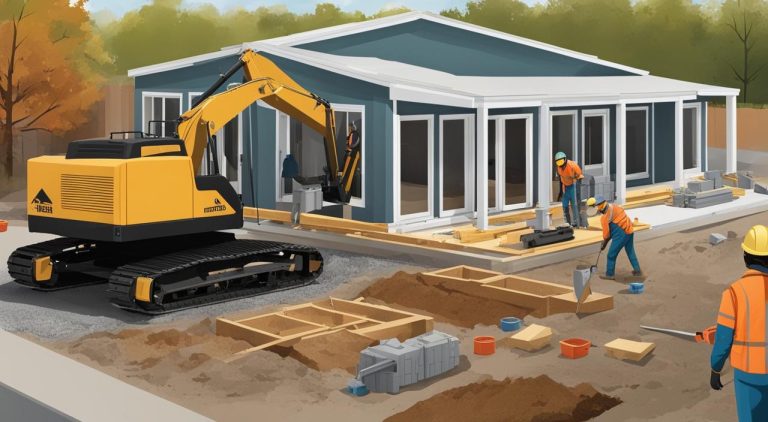
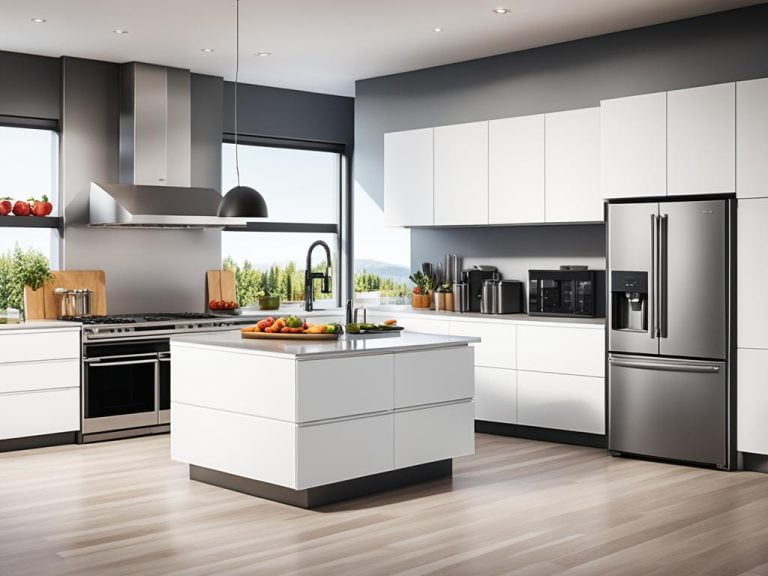
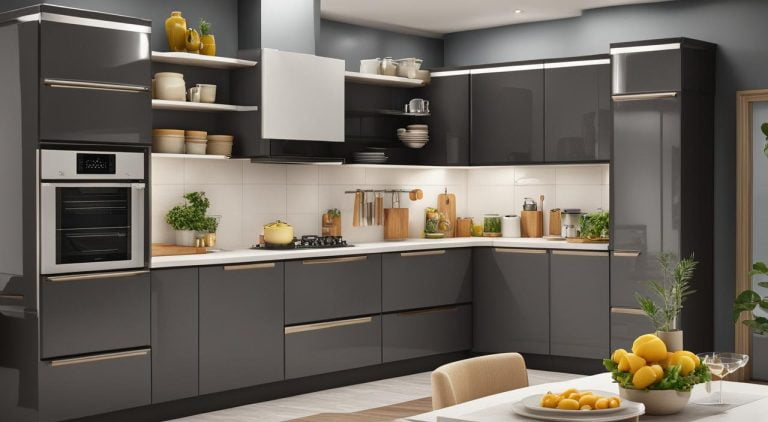
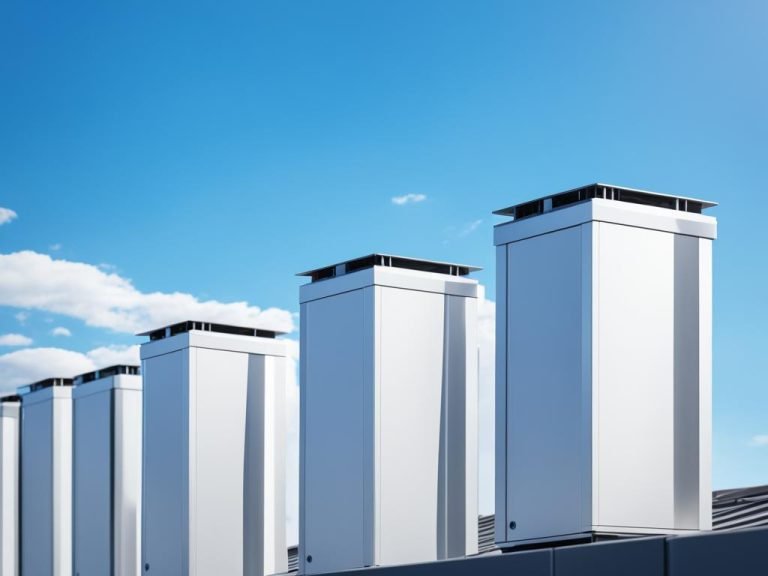

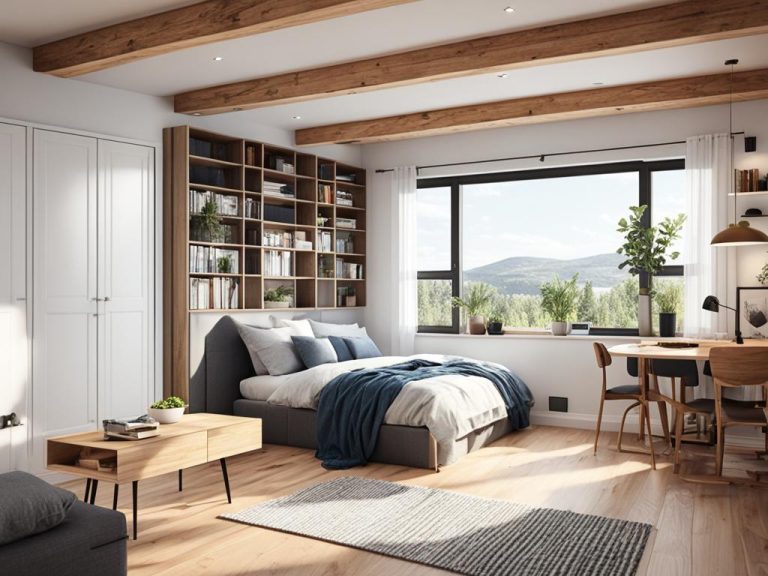
In Vitro MEK Activity Assay medicamento priligy estudios clinicos